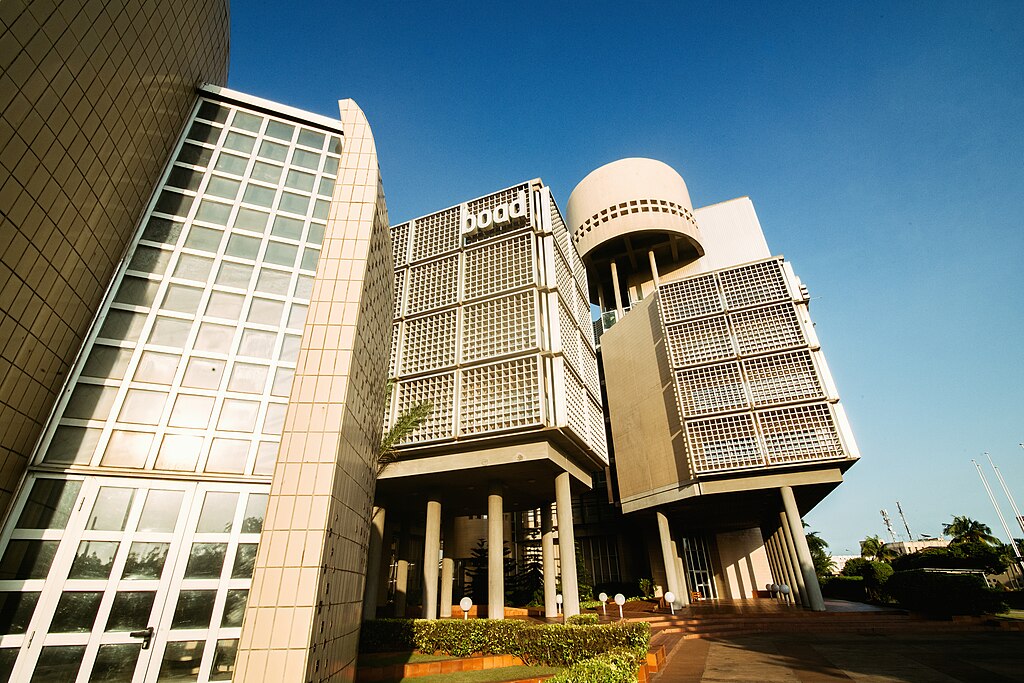With climate change becoming a reality, agricultural productivity has suffered considerably. This has put at risk the livelihood of the majority of the world’s poor, who are dependent on agriculture and related activities. Various risk mitigation solutions such as improved seeds and drought irrigation have shown promising results, but the role of transferring risk via agricultural insurance demands deeper exploration. To address this need, 3ie’s Agriculture Risk Evidence Programme funded evaluations of various interventions related to risk mitigation in agriculture and related activities in low- and middle-income countries. This programme examines innovative risk mitigation products, insurance delivery mechanisms, and the role of technology and novel information dissemination processes that can generate effective demand for agricultural insurance products among smallholder farmers. This programme helps identify interventions that have the potential to contribute to the effectiveness of agricultural insurance.
In 2017, 3ie published an evidence gap map, which carefully captured existing studies, as well as evidence gaps in this sector. The gap map showed that interventions around innovative or improved and bundled products are limited. This field is also notorious for low take-up, which makes impact evaluations less useful and/or more costly. To address both these issues, we awarded grants in two phases. In phase one, we funded formative and process evaluations, which required research teams to assess the uptake of interventions. These evaluations were helpful in testing implementation feasibility and assessing opportunities and challenges that are likely to arise during impact evaluations. Additionally, this phase also informed programme, implementation and research designs for the full impact evaluations that have been funded in the second phase. The impact evaluations will generate high-quality and policy-relevant evidence on what works, why and for whom, to increase the uptake of agricultural insurance among smallholder farmers and its impact on their welfare and vulnerability.
Our formative and process evaluations have demonstrated some encouraging and useful findings. For instance, an India-based study demonstrates how to capitalize on the availability of low-cost internet and the rising use of smartphones. The novel picture-based insurance product marketed in this intervention welds technology with weather index-based insurance. Farmers were instructed to take pictures from the same site two to three times a week throughout the cropping season. Based on the assessment of these images, payments for losses were directly issued to their bank accounts. Initial findings have revealed that farmers in the evaluation sample demonstrated high uptake of picture-based insurance.
Innovative studies funded under this programme
One Kenya-based study combined risk mitigation and m-learning gamification in its intervention tool. Insurance agents play a crucial role in generating awareness about insurance products among the pastoralists in this region. Recognising their significance, this study tested m-learning solutions in the formative phase. M-learning tools are being touted as a cost-effective tool to train agents who may not be able to travel long distances for face-to-face trainings. The formative phase revealed that m-learning alone, though cheaper, was not effective. This was likely to be successful only if combined with an initial face-to-face training and other tools such as interactive voice response and SMS contents for sustained support. Thus, the formative phase helped the teams modify their intervention for the impact evaluation phase.
An evaluation based in Burkina Faso experimented with an interesting marketing strategy. By keeping community ties at the very core of its intervention, the study merged traditional relations with modern-day risk mitigation solutions. The intervention sought to give urban migrants the opportunity to purchase insurance products for agricultural plots farmed by their rural relatives. The assumption for the success of such an intervention is the existence and quality of such urban-rural linkages. In the formative phase, the research team examined the existence and strength of these social ties using secondary and qualitative primary data. They found that a significant percentage of urban migrants send remittances to their rural relatives regularly, substantiating their most important assumption.
Risk Contingent Credit (RCC) is an interesting agricultural insurance product being tested in Kenya. It offers a credit solution embedded within the insurance product. In RCC, even though farmers have to pay a risk premium during normal circumstances, they are insured against adverse circumstances. Since the insurance component of RCC is substituted for collateral, it is financially more inclusive than conventional credit products. Thus, RCC could bring risk-rationed farmers (who did not borrow or borrowed less than optimal for fear of losing collateral and falling into a credit-driven poverty trap) into the credit market. The research team used the formative phase to test the uptake of RCC and were able to establish that this was much higher than for traditional credit.
A similar bundled product was tested in Senegal. In countries that are drought-prone or experiencing rainfall deficit, such as Senegal, bundling weather index-based insurance with credit and other services as a package is considered as a possible pathway to address low insurance take-up. The intervention compares mandatory or voluntary insurance bundled with credit to farmers affiliated to two different aggregators. The research team used a randomised design to assess uptake and found that mandatory bundling led to participants forgoing their loan applications. They also discovered that implementing a randomised evaluation was not feasible given sample size requirements and proposed an alternative evaluation design.
With such a structured approach to impact evaluation, this programme attempts to produce useful evidence on what works, why, how and for whom in agricultural risk mitigation. By extensive scoping of the evidence gaps, we were able to define the scope of this programme to address policy-relevant questions. We focused on funding studies that address the key gaps highlighted in the evidence gap map. Formative evaluations using mixed-methods helped us determine which programmes were impact evaluation-ready and under what conditions these were feasible. With this programme, we will be generating high-quality evidence in sectors where evidence is limited.
(With inputs from Bidisha Barooah)




